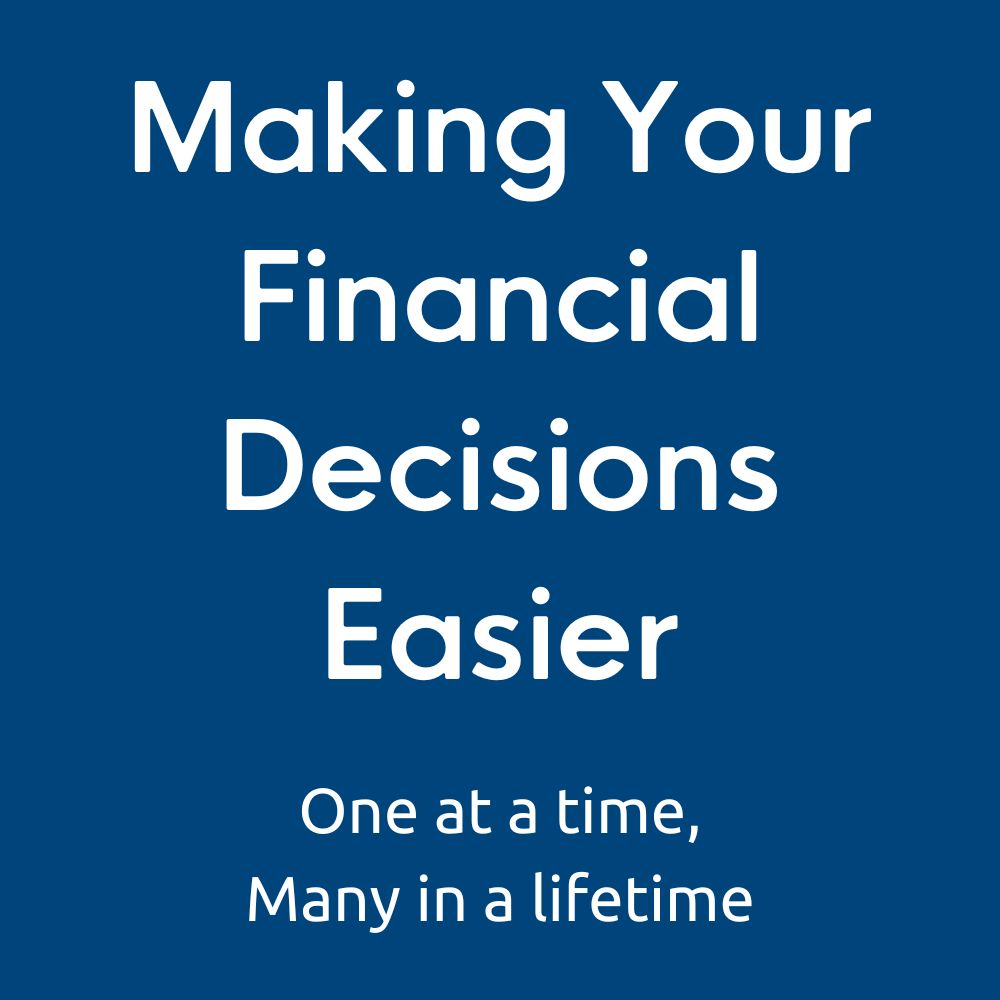Life happens so quickly that it can often take you by surprise. From car accidents to layoffs, unexpected events can derail even the best-intended plans, putting you in a unexpected need for cash. While it’s impossible to always prepare for these occasions, there is something you can do to mitigate their impact: build an emergency fund.
An emergency fund is exactly what it sounds like—a fund you have in case of emergencies. While emergency fund importance may seem obvious, nearly one in four Americans doesn’t have one. If you’re currently living without this type of financial safety net, now is the perfect time to start creating one, even if it’s one dollar at a time.
The Basics of an Emergency Fund
First and foremost, an emergency fund is held in a separate account from from the one you use to pay monthly expenses. For example, if you use your checking out for regular purchases, you can put emergency fund money into a savings account. But how much should you put into this fund? Ideally, you should have enough to cover your expenses for at least one or two months. If possible, it’s best to have enough money to keep you afloat for three to six months.
Because this fund is designed for emergencies, you never know how long an “emergency” will last. If you lose your job tomorrow, how long will it take you to get another one? If you get injured in a car accident, how long will your recovery be? The more money you have, the better.
Protect yourself from emergencies by learning more about insurance basics.
How to Start Saving for Emergencies
If you don’t already have an emergency fund, it may seem difficult to start putting money away. It becomes even more challenging if you’re already stretched thin, budget-wise. However, it’s always possible to save money if you have the right mentality and utilize different tricks like these:
- Determine How Much You Can Save – Savings habits don’t come immediately. Instead, they require diligence and planning. First, create a budget and figure out how much you can realistically save in a single month. Even if it’s just $100, that’s a start.
- Pay Yourself First – Once you know how much you can save in a month, put that money away immediately. Many people tend to spend first and save later. But, if you save first, you’re less likely to touch that money (so it’s there in a pinch).
- Put Your Fund in a High-Yield Account – Put your money in an account that earns as much as possible while being liquid—available whenever needed without penalty.
- Small Amounts Add Up – Many people assume saving for emergencies means putting away hundreds of dollars into their account at once. However, if that seems impossible, start by saving five or 10 dollars. For example, instead of buying an expensive lunch, put $10 into your emergency stash. Just make sure to do it immediately so you don’t forget. Over a month, you’ll be surprised by how much you’ve saved. You can use a linked savings account on your phone to move money you deem “saved” into your emergency fund. Just remember, the easy access to your emergency account is for emergencies only. Put money in it regularly but only take money out in a true financial emergency.
When to Use an Emergency Fund
So, what qualifies as an “emergency?” For most people, that would include incidents like unplanned payments for medical bills, car repairs, or a job loss. While each of these scenarios can likely be an emergency, you should take a different approach to looking at your emergency account.
Rather than focusing on the emergency itself, focus on your ability to pay for these unplanned expenses. It’s easy to dip into your savings account when a car bill comes up, but what if you could put that bill onto a credit card and pay it off by the end of the month?
Ideally, this fund should be a last resort when all other options are exhausted (or too expensive). Think about bills that must be paid with cash, such as rent, car payments, and other routine bills. If you dip into the fund too regularly and another emergency happens, will you have enough in your account to cover those true emergency expenses?
Yes, credit cards and loans come with interest, but if you can pay them off quickly, they’re more flexible than using cash from an emergency account. Overall, you don’t want to find yourself in a situation where you need money (not credit) and don’t have any to spare.
Why is Having an Emergency Fund so Important
Because emergency expenses can pop up unexpectedly, you must be prepared at all times for them. Without this type of financial safety net you could wind up in a precarious position rather quickly. Having enough available cash can help prevent your running up expensive debt and the stress associate with that financial burden.
Just remember, if you use your emergency cash because of an urgent need, you’ll need to make an equally urgent effort to replenish your emergency so you’re prepared for the next emergency.
If you need help budgeting or setting up an emergency fund, one of our MyStages® consultants can help you.



